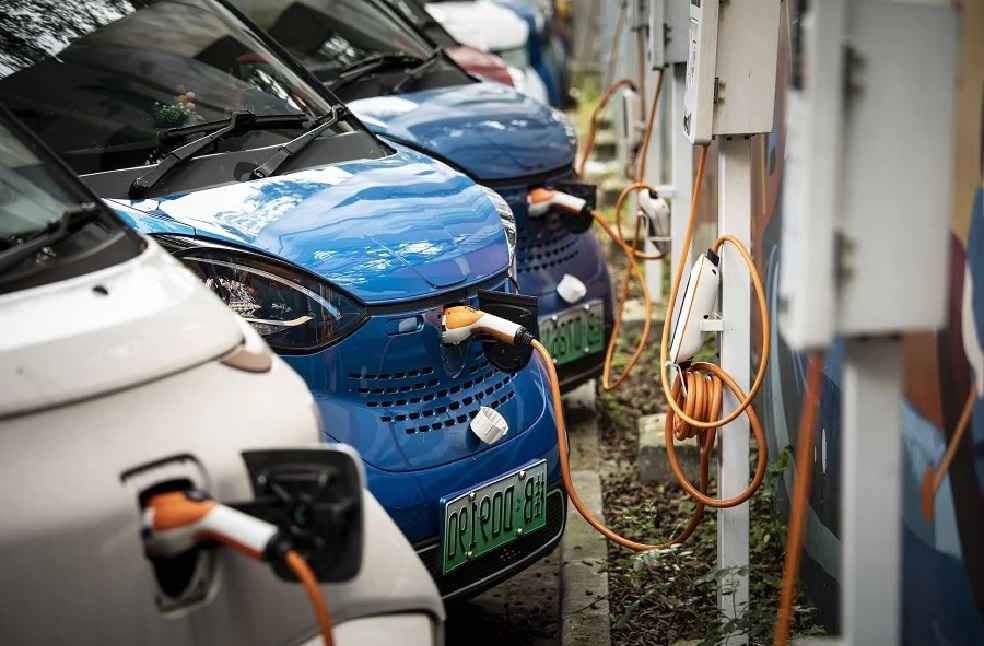European countries confront a significant challenge while steering their populace away from combustion engine vehicles towards electric vehicle. The continent, over the past six years, has witnessed a tenfold surge in electric car sales. Yet, the International Energy Agency suggests this shift might not be rapid enough to meet climate aspirations.
Electric vehicles, despite their long-term benefits, present an upfront financial challenge. The disparity in initial costs makes them less enticing for many consumers. Julia Poliscanova, from the campaign group Transport and Environment, underlines the necessity for a dual strategy: “What we have learned is that it’s not enough just to incentivize electric vehicle purchase and ownership. You also have to disincentivize the purchase of conventional cars at the same time.”

Committed to mitigating climate change’s impacts, the European Union aims to drastically curtail greenhouse gas emissions—targeting a 65% reduction from 1990 metrics by 2030, with a vision of net-zero emissions by 2045. Impressively, the power sector has witnessed coal plants’ phase-outs and an upsurge in wind energy. Yet, road transportation emissions persist in their upward trajectory.
Christian Hochfeld of Agora Verkehrswende, a prominent German clean transport think tank, refers to transportation as the “problem child.” He emphasizes the imminent need for the automotive sector to embrace electricity for meaningful emission curtailment.
Understanding the pivotal role of cost in this transformation, numerous European nations offer fiscal benefits to bolster electric vehicle acquisition. Romania, for instance, offers a notable €11,500 incentive for electric vehicle purchasers. Belgium extends benefits for company vehicles, while Italy and Spain champion electric charging infrastructure development. France introduced an innovative strategy with a leasing scheme, facilitating electric vehicle rentals at affordable rates for low-income households.

Germany’s path diverges, with a reduction in electric vehicle subsidies. Hochfeld critiques this approach, highlighting the inequitable burden such subsidies can introduce. He advocates for a shift in perspective: “It’s not sustainable to put out subsidies as high as we did in the past, and it’s also not socially fair because everyone in Germany – every taxpayer – pays for this transition, even if they don’t have a car.”
Marc Lüers of Carwow discerns a diminishing appetite for electric vehicles in Germany, attributing this to repercussions from the Ukraine conflict, escalating inflation, and dwindling subsidies. Prospective purchasers voice apprehensions regarding charging infrastructure and escalating electricity tariffs.
Gracia Brückmann, affiliated with the University of Berne, proposes that a mosaic of meticulously crafted policies can amplify electric vehicle adoption across Europe.

The narrative of Europe’s automotive transition encapsulates a global conundrum: sculpting a sustainable future demands intricate, multifaceted strategies.





